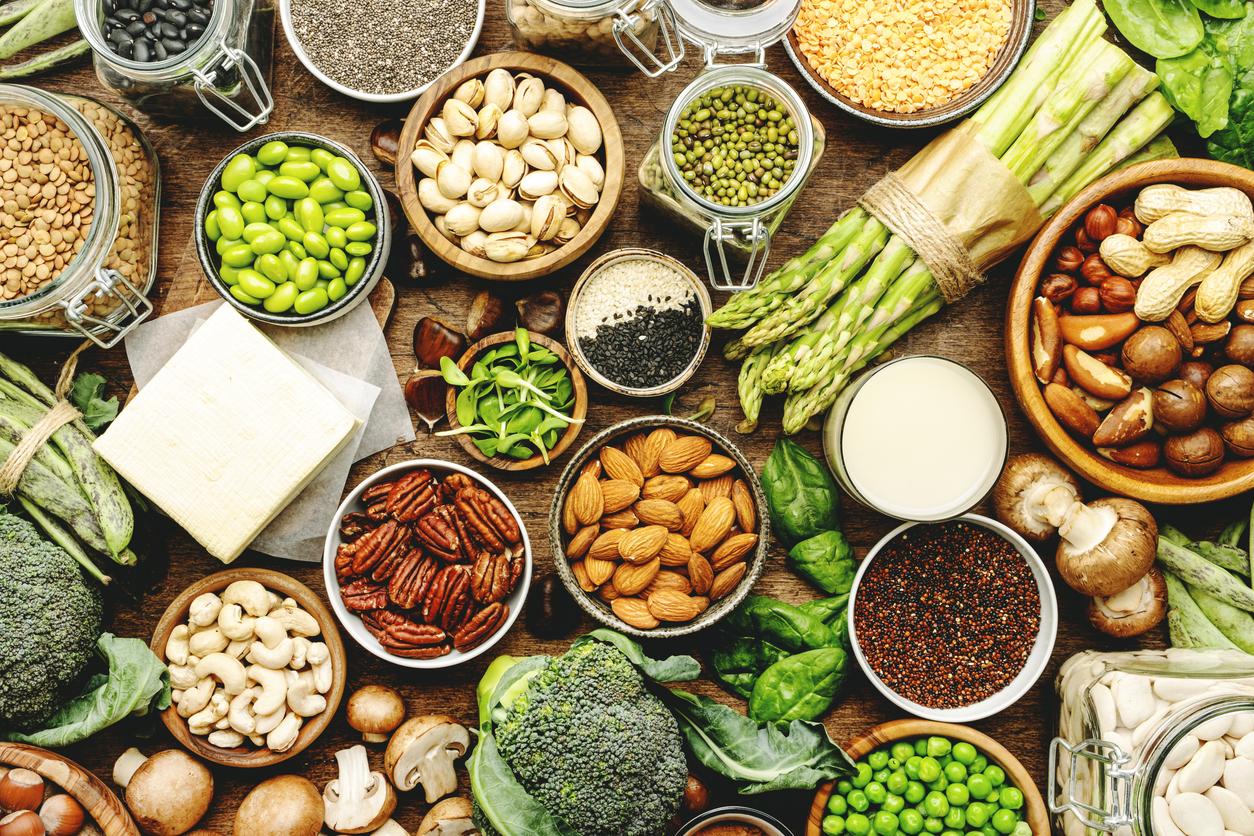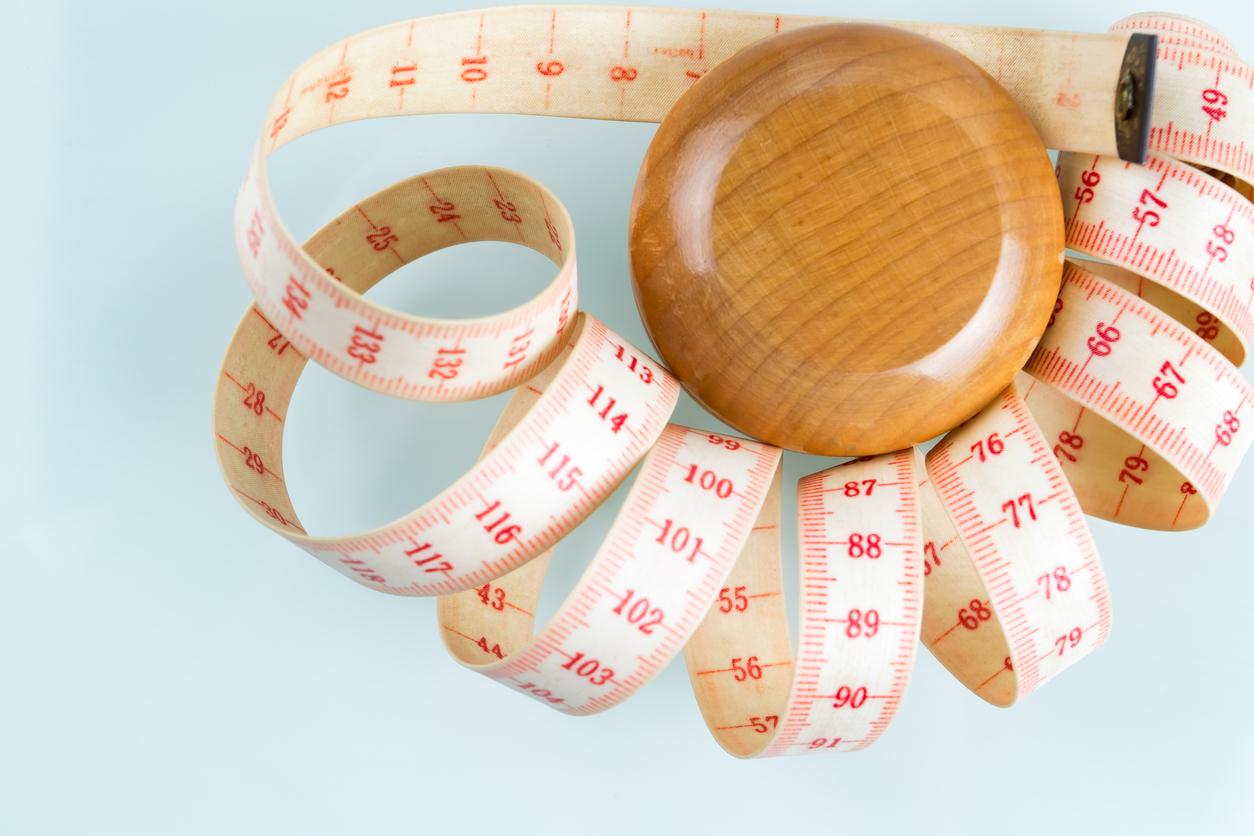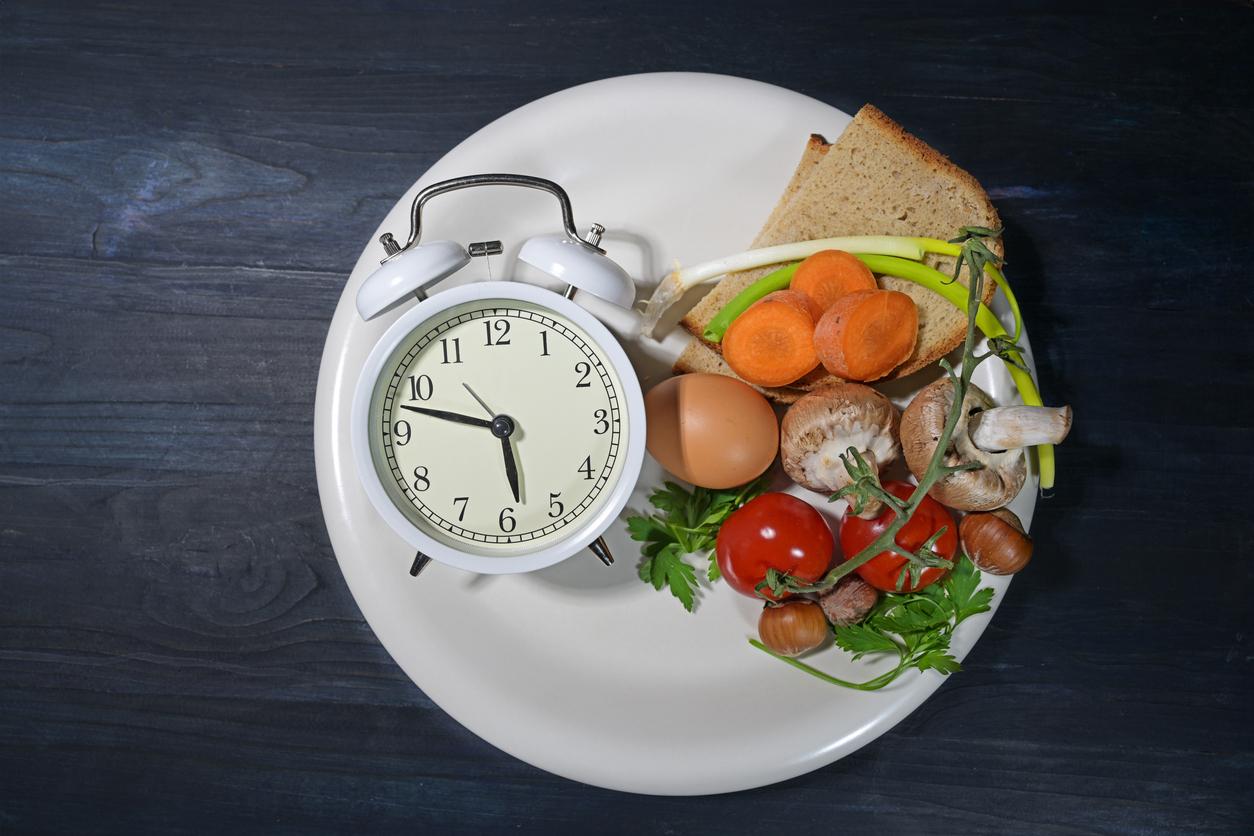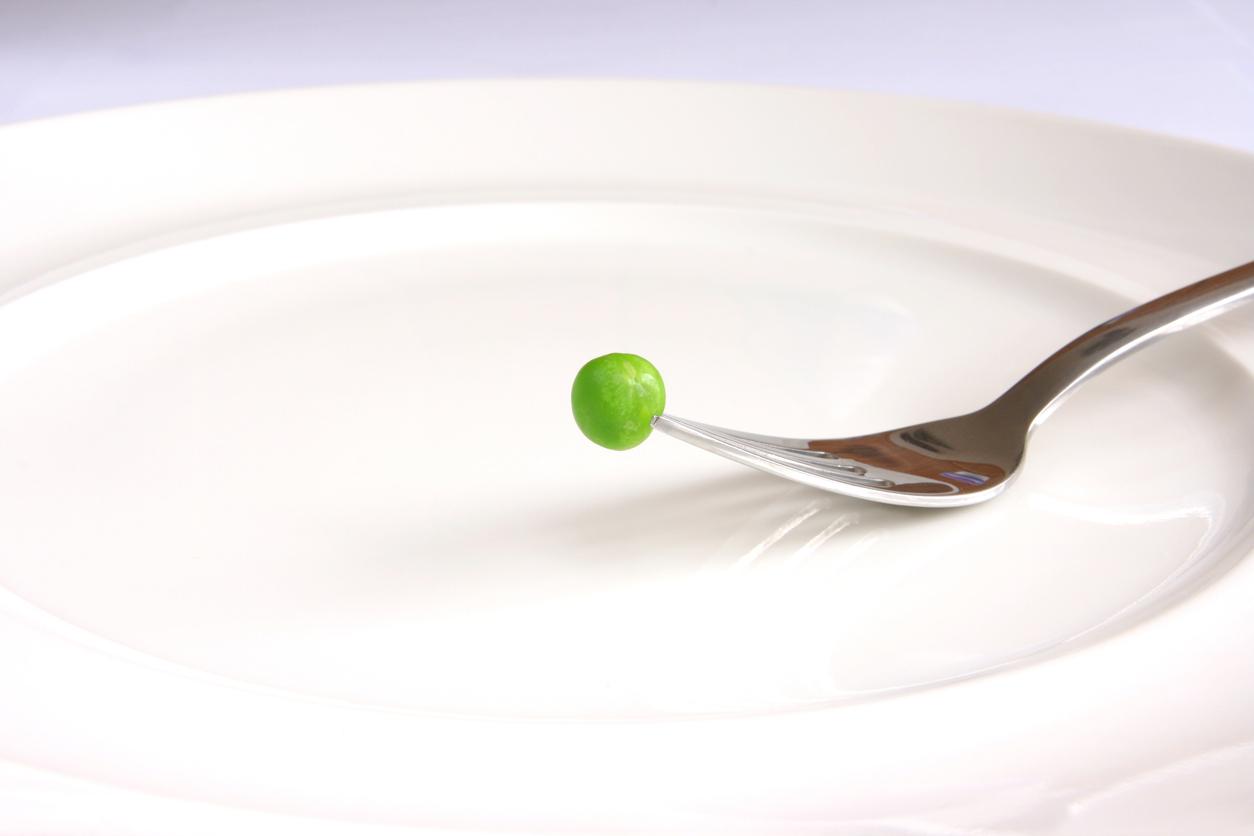
Fitter, healthier and slimmer in 4 weeks through intermittent fasting
Many books are published about healthy nutrition and lifestyle. Dietician Mary Stottelaar reads and assesses them for Health Net in the section, the Diet test! This time: Intermittent fasting by Nanneke Schreurs and José van Riele.
Publisher:
Author:
Nanneke Schreurs and José van Riele
Year of publication:
Price:
€20.99
ISBN:
9789021574262
Number of pages:
192
Who is this book for?
For anyone who wants to get started with intermittent fasting to become healthier or lose weight.
First impression
Intermittent fasting is a topic of great interest at the moment and this book responds to that in a useful way. According to the cover, it is a guide to getting fitter, healthier and slimmer in 4 weeks. After a short explanation about intermittent fasting (see “Read more”), 4 weekly menus follow. Furthermore, most of the book consists of recipes. And the first impression is that it is not a punishment to follow this diet, because one tasty recipe after another pops off the pages: snicker oats, blueberry cheesecake, sugar loaf, pavlovas, pizza, mushroom croquettes and a dulce de leche pie in each one. case attention. The recipes are almost all vegan and at least vegetarian. Striking because that in itself has nothing to do with intermittent fasting.
What do we know about the author?
Nutritionist, orthomolecular therapist and personal trainer Nanneke Schreurs has been guiding people in her practice since 2013, including yoga, meditation, personal training, nutrition, relaxation and massage. Intermittent fasting is part of that and she has had good experiences with it with clients. Some of those clients talk about their experiences in the book. Schreurs himself has also experienced the benefits of intermittent fasting. She feels much fitter because of it. José van Riele is the photographer who took all the beautiful pictures in the book. She has been working with Schreurs for a while and has also become acquainted with intermittent fasting. She also does it regularly, she says in the book.
Read on
The book begins with an explanation of intermittent fasting and its various forms. There are many different ways you can fast. Think about fasting every other day, fasting a few days a month, the 5:2 method (fasting 2 days a week and not fasting for 5 days) and using “Eating Windows” (eating between certain hours). Schreurs recommends a combination of 2 fasting methods: the 5:2 method and the “Eating Windows”. This means that in this eating plan you eat 7 days a week with a time restriction, where you have 2 days a week on fasting and 1 day on which you can eat anything you want. The rest of the days you follow the eating plan. In week 1 you can eat for 12 hours and not eat for 12 hours and that is reduced to 8 hours of food and 16 hours of no food in 4 weeks. The 2 fasting days per week start with 900 kcal per day in weeks 1 and 2 and 750 kcal per day in weeks 3 and 4. Every day, even on the fasting days, you eat 3 main meals and practically nothing in between. The 4-week eating plan contains a sample menu for every day (except the day when everything is allowed), partly with recipes from the book.
What’s New About This Diet Book?
The combination of 2 fasting methods together is special. For example, other books focus only on the 5:2 method or eating within a certain time frame. Why Schreurs combines this is not explained further. Also noteworthy are the many recipes. Although many of them are just for the period outside the fasting days. And it is special that all recipes are mainly completely plant-based.
What can you do with it in practice?
It is a strict plan that is easy to follow. Whether it can be sustained is the question because it is quite a transition to 2 days of fasting, only eating within certain hours and mainly vegetarian. Fortunately, Schreurs builds it up gradually. As far as the recipes are concerned, you have to like to cook, some of them are quite laborious and you often need many different ingredients. Whether you feel like it in days when you are not allowed to eat so much, is of course the question.
What does the dietitian think of the diet – does it really help?
Gradually, research is becoming increasingly clear that intermittent fasting can be a good way to lose weight. In addition, it appears to be positive for blood pressure, insulin sensitivity and blood fat levels. So in that regard green light for this method. The tasty recipes for fasting days are also positive. And it is good that Schreurs gives suggestions in the weekly menus for meals on days that are not fasted. However, I don’t think those menus are completely complete. They do contain a lot of vegetables and whole grains, but I miss fruit and dairy. Now by following it for 4 weeks you will not have any deficiencies. But if you keep doing this for longer, you have to be seriously careful. In addition, I find the many delicious recipes that can only be eaten on that one day a week that you can eat everything, a bit strange in this book. They are all very tasty recipes, Schreurs is a really good cook, as it turns out (to be honest, I’ve already pulled the book off the shelf a few times for a recipe). But it is not for nothing that those recipes – in contrast to the rest of the recipes – do not mention calories. Because they are calorie bombs. I calculated the dulche de leche cake: it contains more than 850 kcal and 73 grams of sugars per point! That’s a lot… And it’s not the only recipe with a lot of sugar. Of course – I agree with Schreurs – it is good to continue to enjoy food. But to go wild on ‘the day that everything is allowed’ immediately underlines the major disadvantage of intermittent fasting. If you eat unhealthy on the days that you don’t fast, you can wonder whether it is still so beneficial for the body. If you are only allowed to eat at certain times, it is very important that the quality of the food is good, so that you get all the necessary nutrients. Therefore, do not do intermittent fasting on your own, but let yourself be guided by a dietician, for example.
Judgment in stars: ★★★★☆
Pros
- Well-explained method (with bibliography)
- many recipes
- Probably a good result
Negatives
- Lots of off plan recipes
- Sugary recipes
- No full weekly menus














